This is what taro root looks like. There are leaves too with these plants, but my father just bought the root or corms as they are called. I had previously eaten a purple variety of the root in a Chinese restaurant at dim sum in the form of dumplings and taro cake. I really liked this preparation and was curious to try and cook the root for the first time according to an Indian recipe my father had learned while in Delhi. We had filled this curry into our samosas but I thought it tasted really good on its own, kind of a nutty, sweet flavor to it. We cooked a variety that is white on the inside of the skin.
This recipe calls for boiling of the roots. Then kind of in the same style that tostones are made, you flatten them out and shallow fry them with a few spices. My father said that for this dish, you should use the spice, ajwain as it complements the root well. Ajwain, also called carom seed, kind of looks like cumin or a carraway seed and is really good to use when making doughs for breads and also to flavor fried things like this taro! The flavor of the seed when fried is similar to thyme but more pungent.
Another spice that is good with taro is amchoor, which gives kind of a tangy, sour taste and is made from unripe dried mangoes. Amchoor is sometimes used as a substitute for lemon in cooking. This is what the powder looks like:
After you boil the taro and peel it, this is what the inside looks like. The root is very starchy so it is very sticky and slimy, but frying takes this quality away and makes them more firm. Since the inside is so soft, taro root is sometimes made into a porridge. It’s also a nice substitute for potatoes because it’s higher in fiber and protein and the type of starch that is in the root is extremely easy to digest.
You take one of these taro corms and flatten them with your palm. This is my Dad doing it:
I’ll put the measurements below for the recipe but just wanted to show how the taro looks when cooking. Place oil in a pan under medium heat – mustard oil is best but you can also use canola or vegetable. Start placing the taro pieces in the pan. Sprinkle spices on each of them – ajwain, turmeric, amchoor powder, paprika, salt:
Flip them over to cook on both sides and coat with spices:
Fry them until browned and cooked through – 5 to 10 minutes.
Serve them with roti:
Taro Root Curry
Ingredients
8 taro root corns
2 tablespoons mustard oil, can substitute canola or vegetable
Flip the taro over until both sides are coated in oil and spices. Fry until browned on both sides and cooked through – 5 to 10 minutes.Serve with roti.


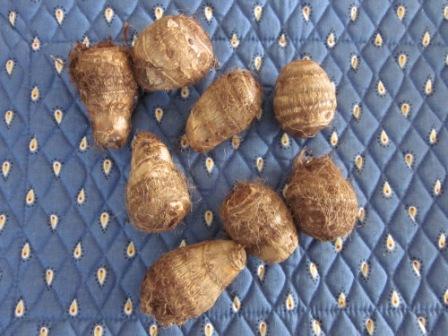
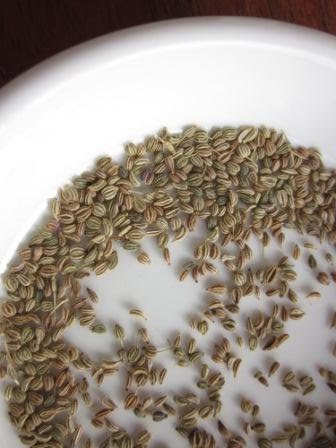

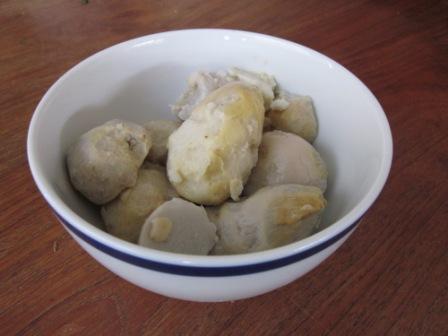





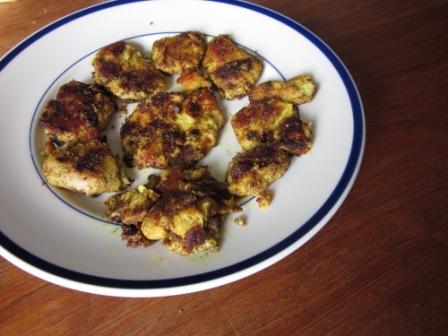
 Follow
Follow





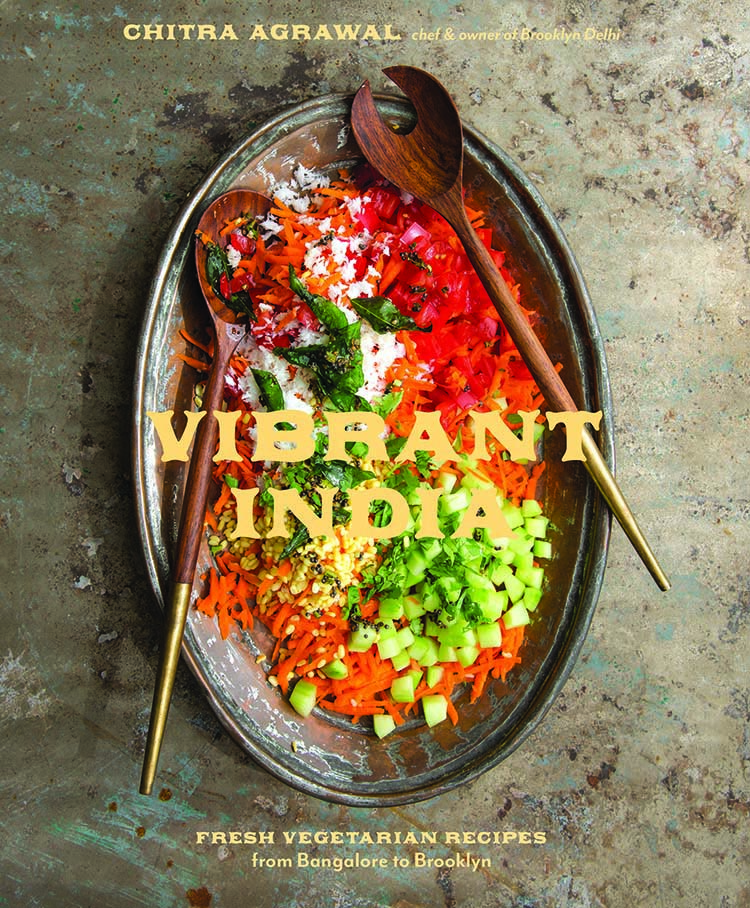





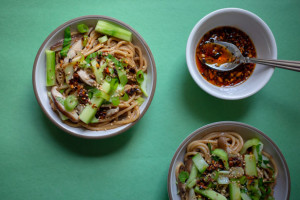

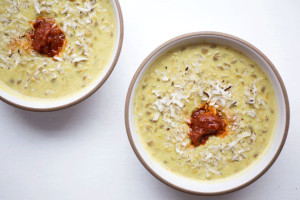

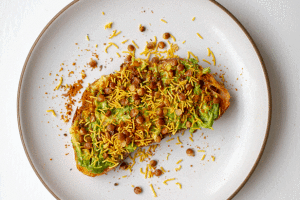










Yummy curry, never tried adding ajwain with taro roots, will try surely next time..
Your viewers in India may not be familiar with the name “taro root”. It is known by names “ghunia” or “aravi”. Cooking of taro with ajwain is best with mustard oil. There are a few other vegetables that do well with mustard oil, which is kind of thick like olive oil but with a zesty punch. So, try it but don’t buy the deodorized variety.
Love, Dad
I just recently tried taro root for the first time and love it! Nice recipe 🙂